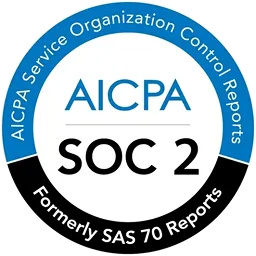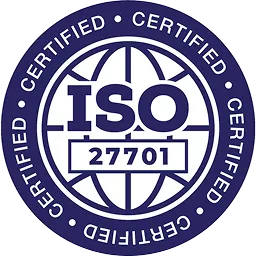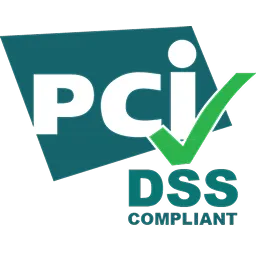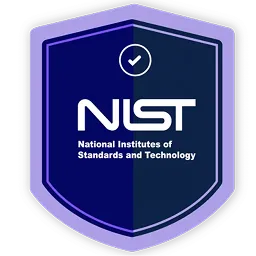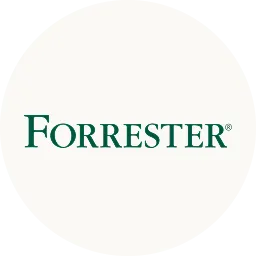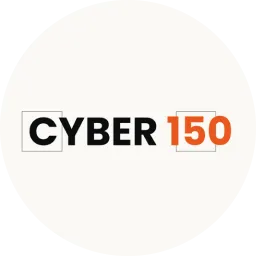‘Muda’ is used to describe any activity that uses resources but doesn't generate value. It is the Toyota system for identifying and eliminating waste in all forms. It is the same thing that helps Toyota sell more cars than Ford, General Motors, and Honda at a higher margin.
It is not just the manufacturing industry that suffers from the chronic disease of wastage. With the SaaS explosion, other industries (especially the IT) that are consumers of SaaS are suffering from a huge SaaS wastage.
Here, we describe 'SaaS wastage' as SaaS apps that you are paying for but not using to their full potential.
SaaS waste doesn't just exhaust your resources: it requires more resources for its maintenance.
Let's see an example of how SaaS waste generates in your company.
One of the software developers in your company wanted to increase his productivity. So, he signed up for some new project management apps: Trello, Asana, and Basecamp. After trying these three apps, he finally decides to buy the Business Plan of Asana, which costs $24.99/month.

Now, let's see some usual scenarios where this app doesn't get utilized to its full potential:
- You already have some extra Asana licenses purchased by some other departments.
- Other teams are using Trello.
- For his/her requirements, the Premium plan would be more suited, which costs $10.99/month.
You may think it's just $14/month, but it's not difficult to imagine what this could lead to when you have 100s of employees and 100s of apps doing this.
There is a big problem with this approach: as an IT or business leader, you don't have visibility into whether your employees are using these apps or not; or using them to their full potential.
How can this be handled?
Introducing our DUAAS Framework.
Keep Your SaaS Stack Redundancy Free Using DUAAS Framework
DUAAS stands for Duplicate apps, Unused licenses, Auto-renewal of subscriptions, Abandoned apps, and Suitable licenses.
Let’s see how you can use this framework to get rid of SaaS wastage.
1. Remove Duplicate Apps
Duplicate apps are the result of different teams or employees purchasing SaaS of their own. They don't just lead to paying for the extra apps; you lose on the discounts you could negotiate as a bulk purchaser.
It is prevalent in companies that don't have a source of truth—a database of your SaaS stack—or if they don't update it regularly.
Additionally, many SaaS offer live chat or phone support to enterprise buyers only while providing email support (with a reply time of two to three days) to individual buyers. Other benefits like longer data retention and better security are also available to only enterprise buyers.

2. Rightsize Unused Licenses
If you work for a big company, you know that it's common practice to buy licenses of apps such as SalesForce, Office 365, and ServiceNow in bulk. This allows the company to save money at the moment of purchase.
They buy licenses based on the forecasted demand. At the time of distribution to teams, departments, or business units, many of these licenses are left unused, thus creating waste.
For example, think of a company that bought 1500 Office 365 licenses. During the year, they only have 1230 employees who need the software license. It means they will waste 270 licenses.
Perhaps it doesn't sound as bad. How much harm could 270 licenses do?
Well, an Office 365 business premium license costs $20/month, which translates to wasting over $64,000 every year.
Now that's something entirely different.
The next time you renew your contract, make sure you rightsize and only pay for what you need.
3. Be Proactive with Automatic Renewals
Most SaaS applications have auto-renewals. By just adding your card, you can avoid the hassle of manually renewing the app every month. Some apps force you to enter your card details even to start the free trial.
Commonly, users forgot to cancel the trial when they jump on to test a new app. This is what gave us the idea to start Zluri. When one of my co-founders, Sethu, was charged $80 for Adobe Creative Cloud, he couldn't remember signing up for the app.
Without clear app ownership, automatic renewals can be a big risk factor leading to SaaS waste.
For example, IT purchased Figma for a specific client requirement for the product team. The team completed the project in nine months, and then they stopped using the design app without informing the IT department to cancel the subscription. This leads to auto-renewal every month for an unused application.
You can avoid this by designating an individual owner for every app purchased.
You can also use Zluri to manage your renewals by planning them ahead of time. It sets up alerts so that your payments never go unattended.
The analytics dashboard offers you insights into whether each SaaS tool meets your needs based on its adoption and usage. Also, it helps build a healthy relationship with vendors and experience less friction.
4. Terminate Abandoned Apps
Abandoned licenses increase when you don't have a process for procuring apps and offboarding employees.
When you don't have a system in place, employees forget to terminate all the apps they signed up for without informing IT. This leads to paying for abandoned subscriptions and potential data breaches that the department is not aware of.
SaaS tools usually charge around $3 to $99 per user per month, and the wastage for a single employee may seem minimal. But for large organizations, these costs contribute to significant wastage.
A simple solution to prevent apps from getting abandoned is to enable a SaaS management platform like Zluri that tracks your software usage. It lets you find out if your employees are using a particular app and whether you need to cancel the subscription of unused software.
5. Downgrade Licenses to Suitable Tiers
SaaS companies offer features depending upon the pricing tier you have chosen. People tend to overestimate their needs and buy top-tier plans.
While using the app, they realize they don't need many of the features for which they paid.
For example, you purchase the Ahrefs Advanced plan ($399/month), which is helpful for websites with up to 15,000 pages. Later on, you realize you have only 4000 pages on your website for which the Standard plan ($179/month) is more suitable.

By switching to the Standard tier, you can save around $2640 annually per license. To avoid this excessive spending, you should closely monitor the top-tier SaaS tools that you have purchased. Understand what your employees are using and check if switching to a less expensive plan covers everything they need.
Eliminate SaaS Wastage With a System of Record
With Zluri, you get a real-time view of apps redundancies and specific use cases. This way, you can cut costs without sacrificing value. Also, you can forecast whether you need to upgrade or downgrade a particular software before its renewal.
You need a SaaS system of record to have visibility into these issues. In the absence of a centralized SaaS system, these issues are bound to come.
Some companies use a spreadsheet to create their central SaaS record. Still, there are many issues with it: it's time-consuming, needs to be updated manually, prone to human error, not accurate, and hence not trustable.
A SaaS management tool like Zluri will help you discover, manage and optimize your SaaS stack. You can compare apps and their functionalities that overlap. You can downsize SaaS apps by standardizing specific tools rather than merely investing in many apps that do the same job.
Zluri helps you discard costly redundancies by eliminating SaaS wastage.









.svg)



